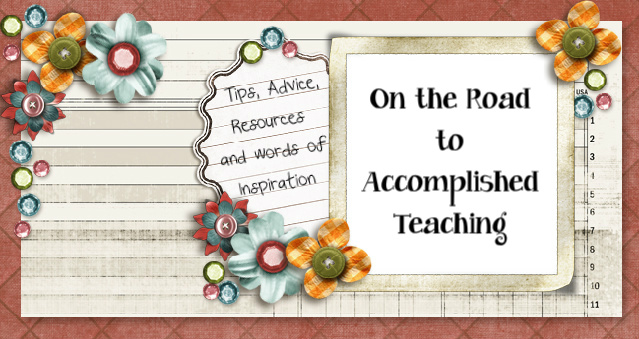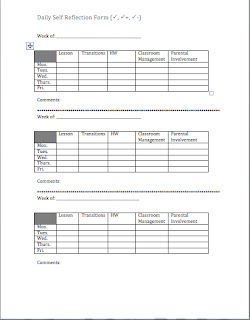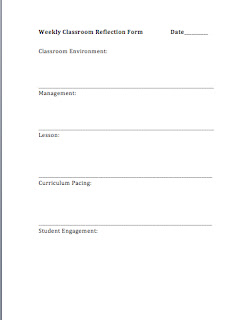In honor of our moms and nuturers, here are some
tips to consider as we come towards the end of the school year:
D – document any specific student concerns or
challenges
O – other opinions count…listen to your
students’ voices
N – never give up on your hopes and dreams
‘
T – think of novel ways to instruct your
students
F – “flip the script,”letting students present
learned material
O – offer students opportunities for interactive
learning experiences
R – relish every small victory in the classroom
G – give yourself time every day for
self-reflection
E – enjoy exercise as a stress-reliever
T - take a walk during your lunch break – enjoy
the sunshine
M – make a commitment to offer quality
instruction
O – orchestrate your classroom like a musical
conductor
T - teach the TAG writing strategy
H – have your students write tips to incoming
students
E – enrich your instruction with film clips
(Discovery Education)
R – review IEPs at A Glance for your special
needs students
‘
S – save some energy for JUNE
D – do whatever you can to stimulate student
interest
A - analyze your instructional strengths and
weaknesses
Y – you should remember your mom – Mother’s Day
is here!
Your friend,















